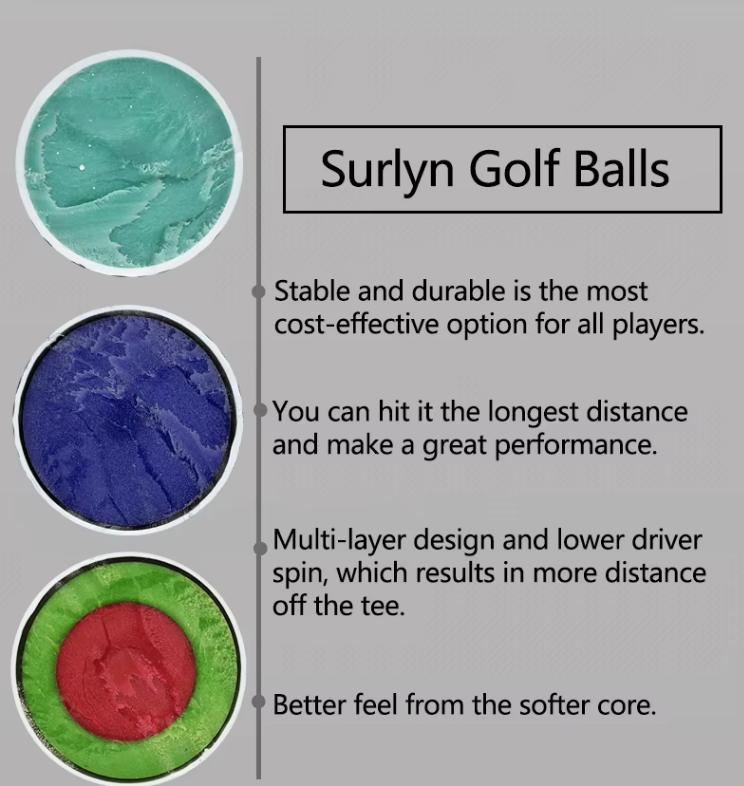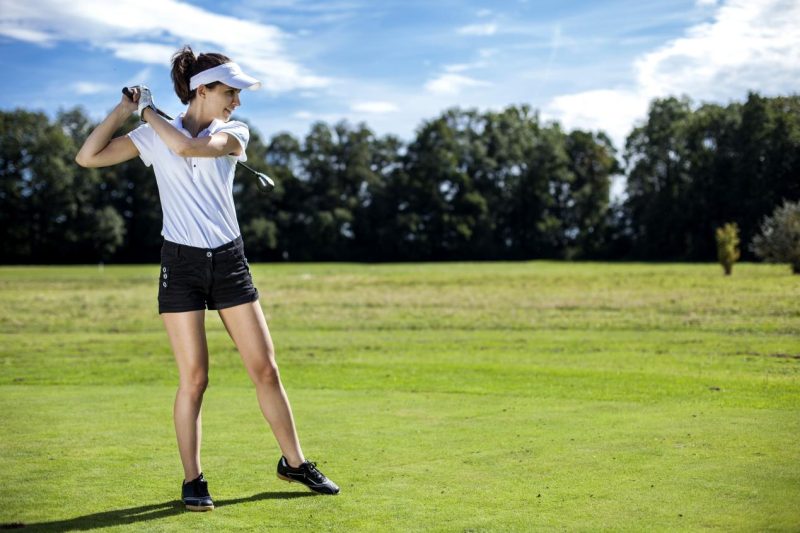Have you ever wondered what golf balls are made of? This blog explores their materials, how they’re made, and the different types of golf balls available to suit every golfer.
What is a golf ball made from?
Golf balls are made using various layers of rubber materials in their core. They can feature:
- 2-piece balls: A solid rubber core with a durable cover.
- 3-piece balls: A core, a mantle layer, and an outer cover.
- 4-piece balls: Additional layers for enhanced performance.
The outer layer is typically crafted from urethane or Dupont Surlyn, offering durability and spin control.
Poly-urethane is soft material, which give more control and spin rate.
The golfers who seek more skill and feel like this kinda of material.
For market oriented, the north America is main market for this one.
It is a very hard and solid ball that dupont surlyn.
The high compression and low spin make it drive longer than urethane ball.
The more layer give the ball more hardness and compression.
The world golf long drive competition, golfers who want a great distance. The four piece dupont surlyn is the best one, which bring the longest distance. Drive long and fast!
If you want to break your long drive record, using this hard ball for sure!
Our JTS 4 piece dupont surlyn win the championships at 234/mph speed.

The history of the golf ball
The composition of golf balls has evolved significantly over time:
- Wooden Balls (15th century): Early golf balls were made of wood, but they were difficult to hit consistently.
- Featherie Balls: Leather spheres filled with feathers and painted white. These balls absorbed water and quickly became misshapen.
- Gutta Percha Balls (19th century): Made from natural latex, these balls were more affordable, durable, and uniform in shape.
- Haskell Balls: Featuring rubber strands wound around a solid core, coated in gutta percha, and sporting dimples to improve flight.
- Rubber balls: The Titleist Pro V1 golf ball, first introduced in October 2000, revolutionized the golf ball market by offering both distance and feel, previously considered trade-offs. Its multi-layer construction and urethane cover provided exceptional performance, leading to its rapid adoption on professional tours and in the marketplace. The Pro V1’s immediate success solidified its position as a dominant force in golf.
Modern golf balls use advanced materials and designs to enhance distance, spin, and control for players of all skill levels.
The importance of golf ball design
Golf ball design directly impacts performance. Here’s why it matters:
- Distance & Accuracy: Dimple patterns, cover materials, and core compression influence aerodynamics, ensuring greater distance and precision.
- Spin Control: The cover material and dimple pattern affect how the ball spins, especially during approach shots or short-game play.
- Feel & Feedback: Golfers can choose softer or firmer balls depending on their preference for feedback when striking the ball.
- Swing Speed & Compression: Golf balls are tailored for different swing speeds, with low-compression balls suiting slower swings and high-compression balls suiting faster swings.
- Skill Level: High-handicap players may prefer balls designed for forgiveness and distance, while low-handicap players opt for precision and control.
- Weather Performance: Some balls are engineered for optimal performance in specific weather conditions, like hot or cold climates.
How are golf balls made?
The process of manufacturing golf balls includes:
- Core Formation: Mixing rubber compounds (like polybutadiene) with additives to achieve desired compression and feel.
- Core Moulding: Shaping the rubber mixture into spherical cores using compression or injection moulding.
- Mantle Layer Application: Multi-layer balls receive a mantle layer to enhance spin, distance, or control.
- Cover Preparation: Cover materials are blended with additives to achieve the desired hardness, durability, and feel.
- Cover Moulding: The cover is formed into two halves with dimples added to its surface.
- Core Encapsulation: The core (and mantle layer, if applicable) is encased within the cover.
- Cover Bonding: Heat and pressure fuse the two halves of the cover together.
- Finishing: Excess material is trimmed, and the ball is painted, printed, and customized (e.g., with logos or alignment aids).
- Quality Control: Balls undergo stringent checks to ensure they meet manufacturers’ standards.
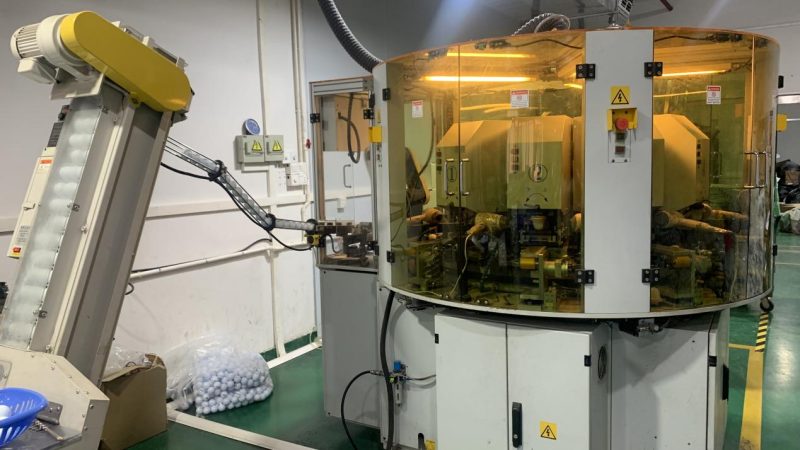
What are the different types of golf balls?
There are several types of golf balls, each suited to different playing styles:
- Two-Piece Golf Balls: Durable and ideal for distance, popular with high-handicap and casual players.
- Multi-Layer Golf Balls: Designed for control, spin, and distance; ideal for mid-handicap players.
- Tour-Level Golf Balls: Premium balls for advanced golfers, offering superior spin and control.
- Distance Golf Balls: Low-compression cores and harder covers optimize long shots and minimize spin.
- Low-Compression Golf Balls: Best for slower swing speeds, generating higher ball speeds.
- High-Compression Golf Balls: Designed for faster swing speeds, offering control and reduced spin.
- Women’s Golf Balls: Marketed for women, with softer feels and lower compression levels.
Enhance your golf skills with JTS
JTS is here to help you improve your golf performance. Simply track your progress and obtain a Handicap Index® under the World Handicap System™ by joining JTS today.

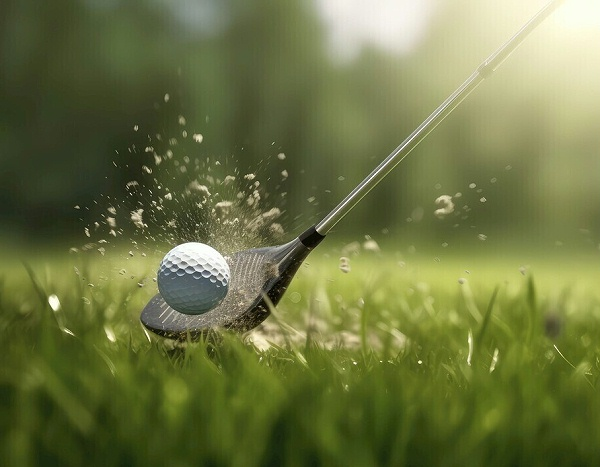
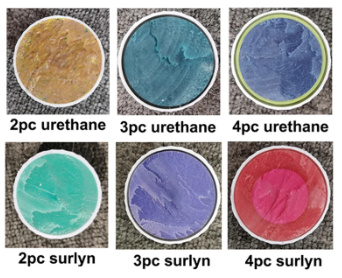
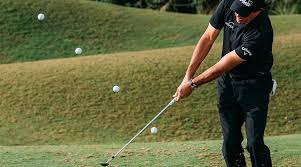




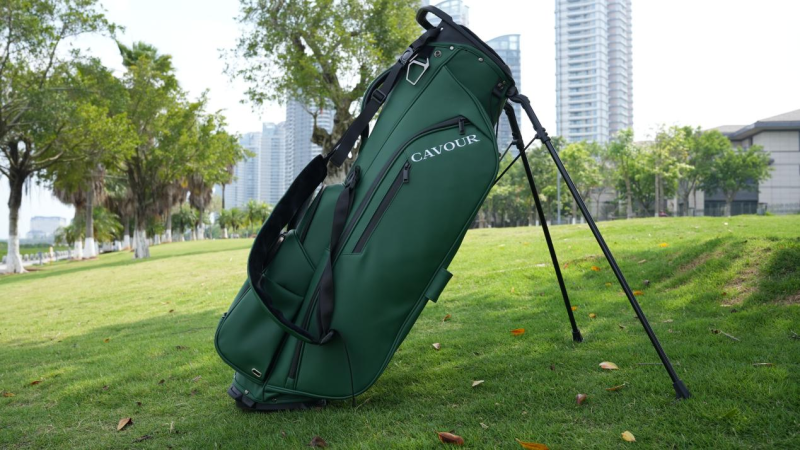

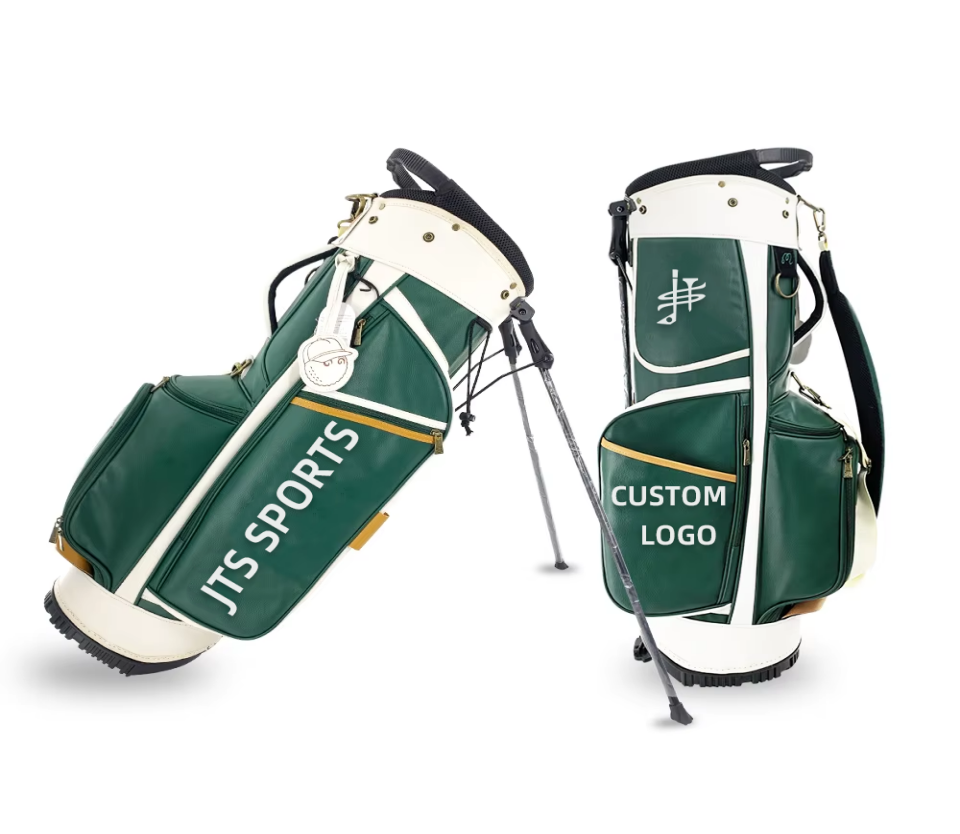

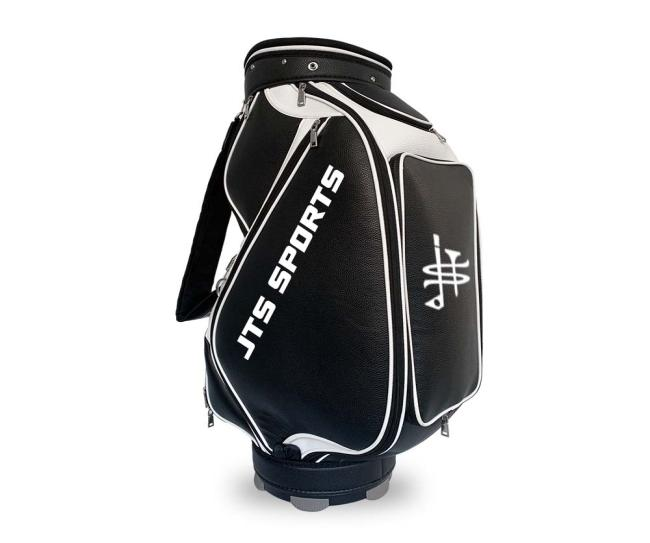

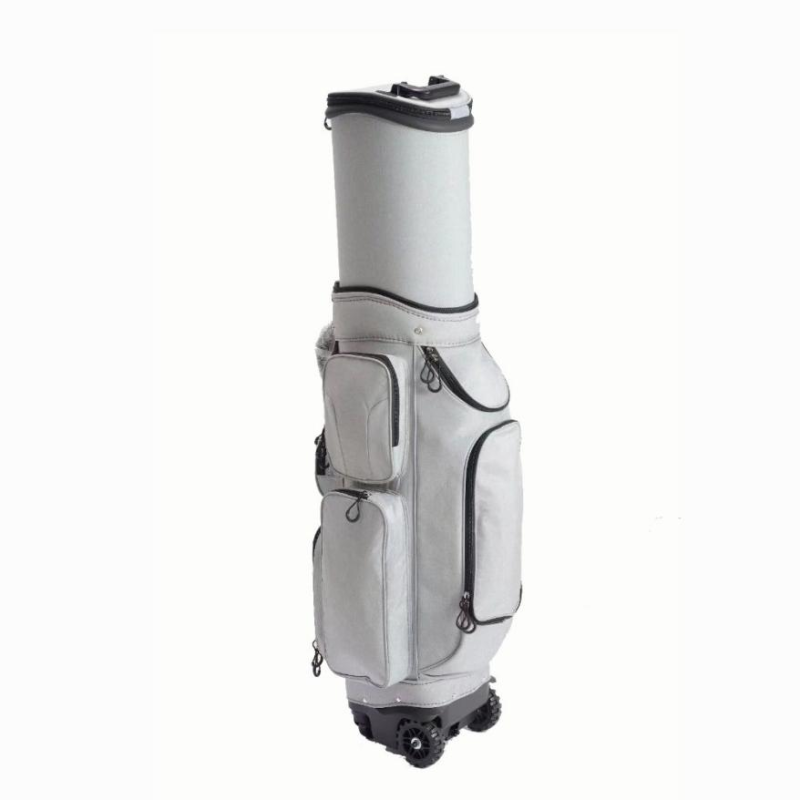
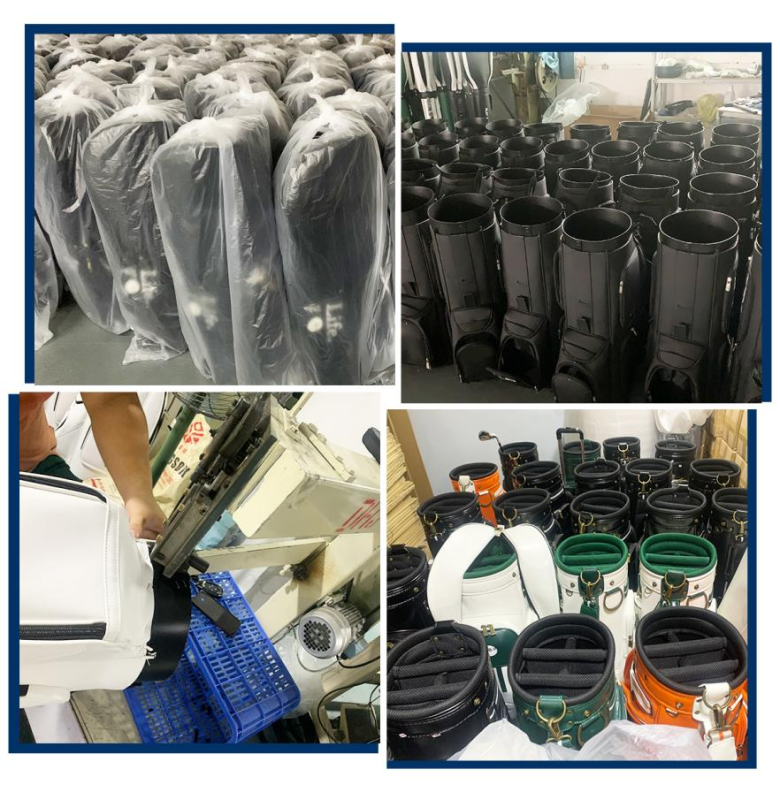
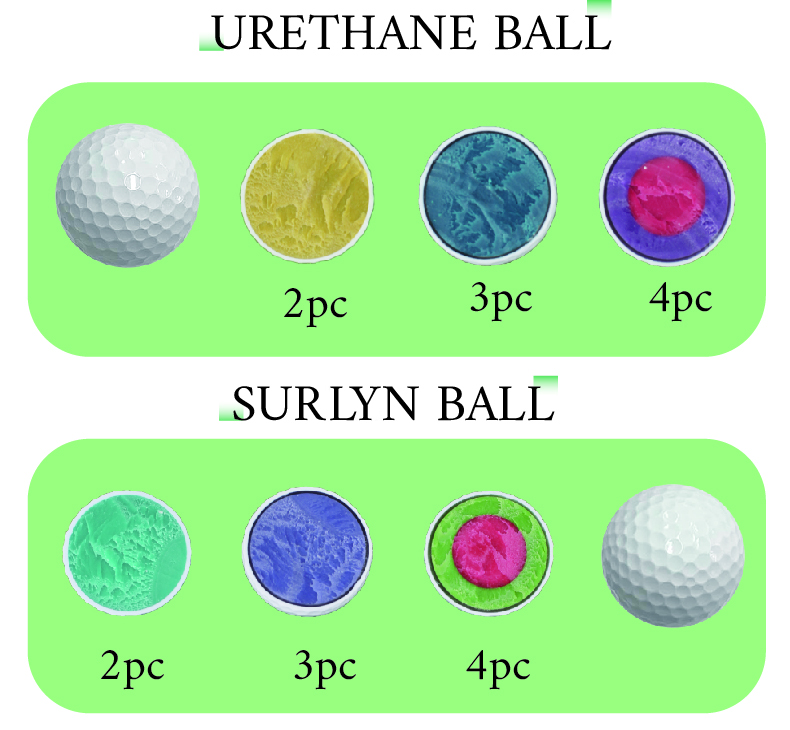

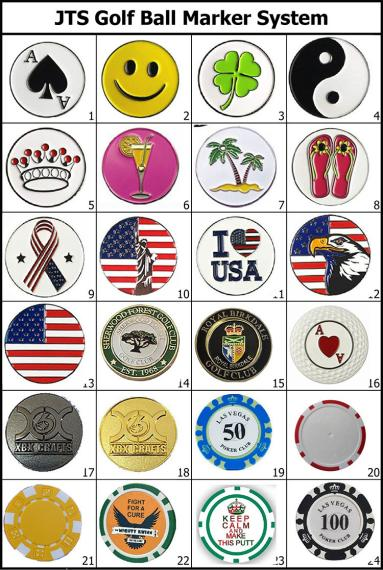

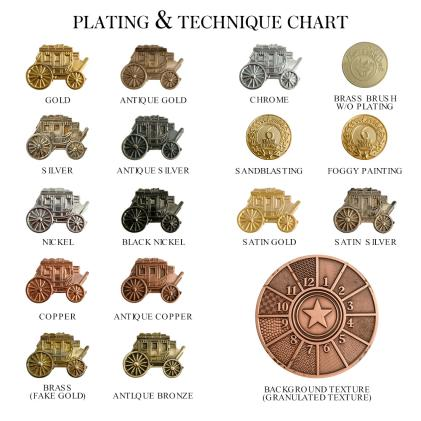
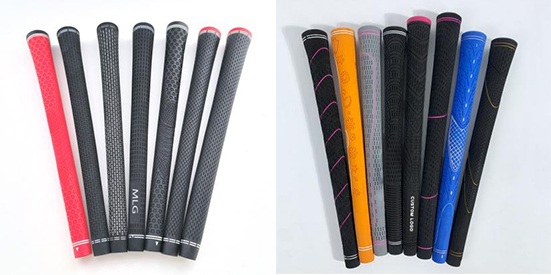
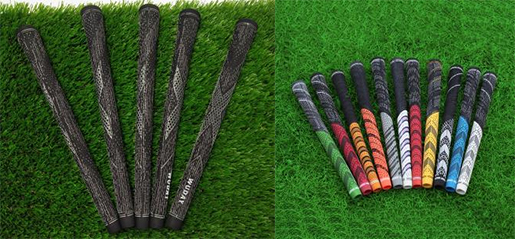
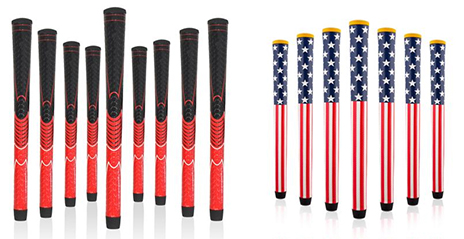
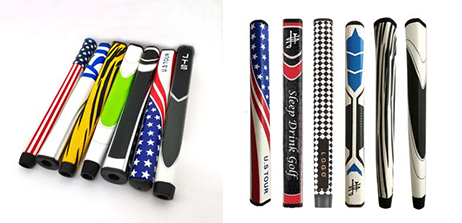
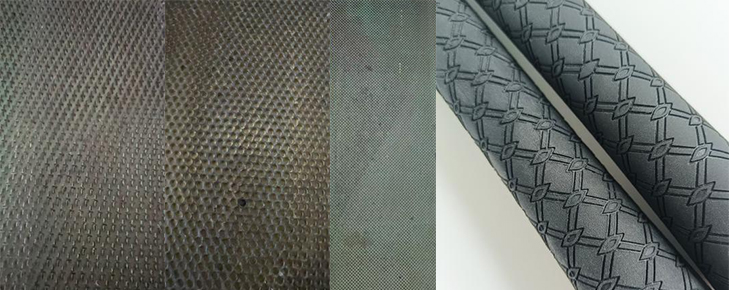
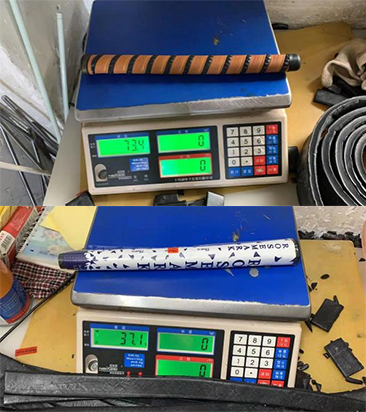

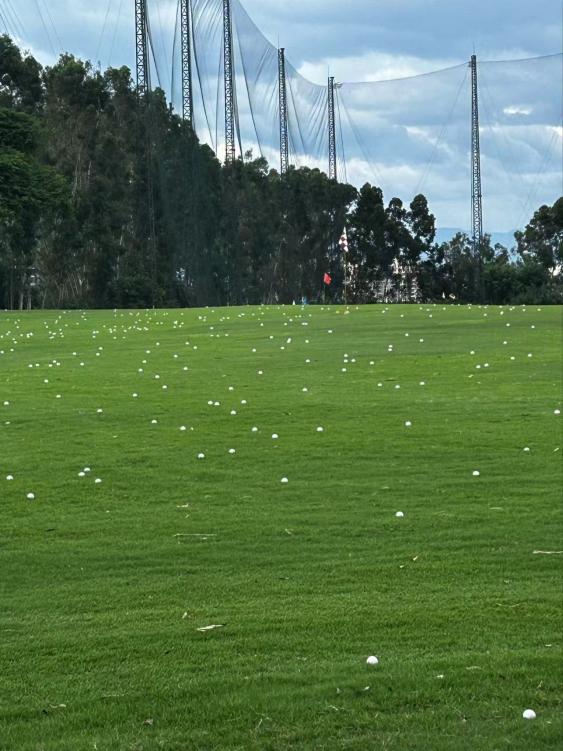

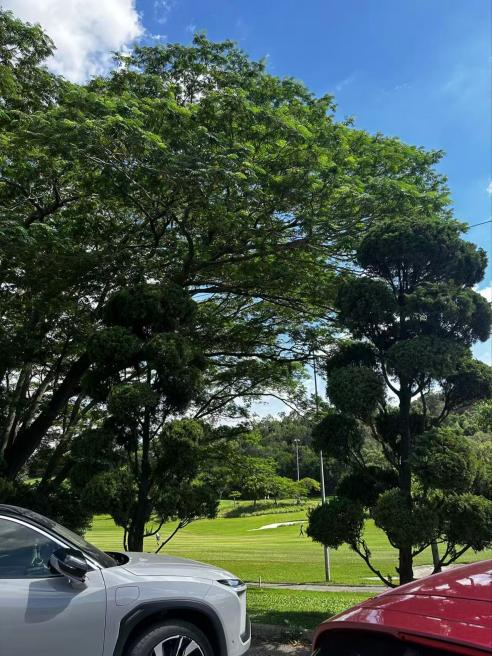
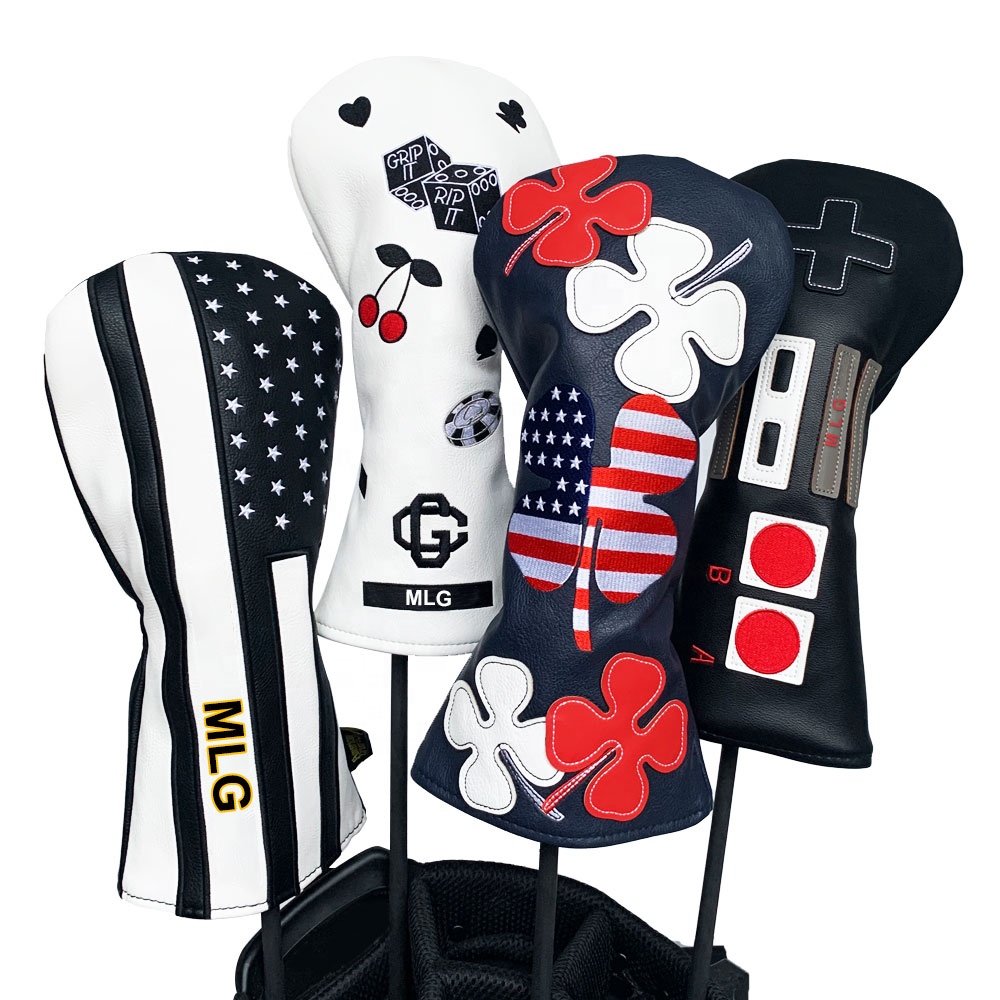

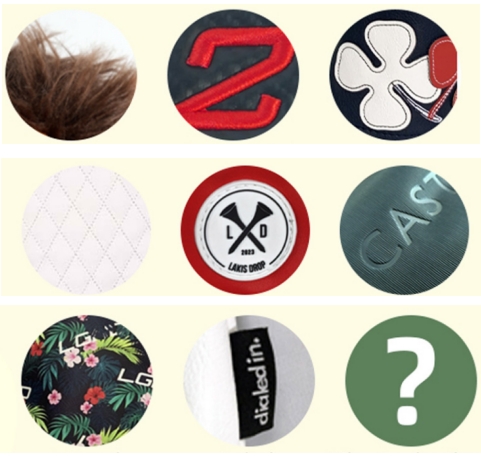
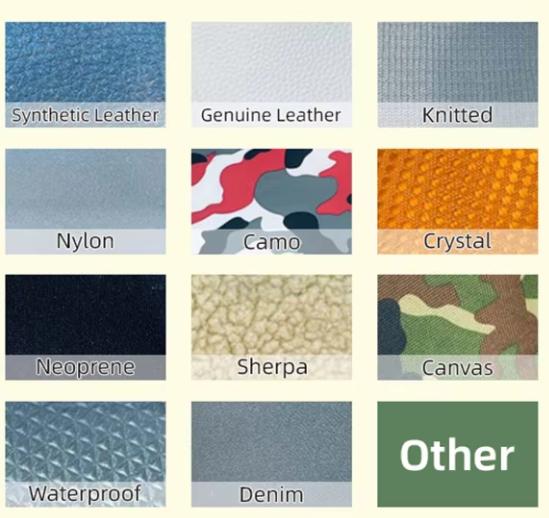


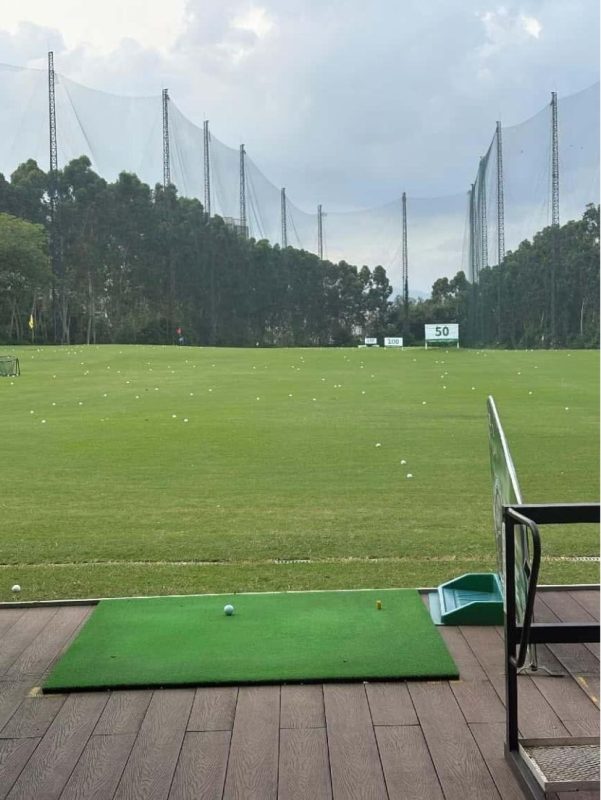
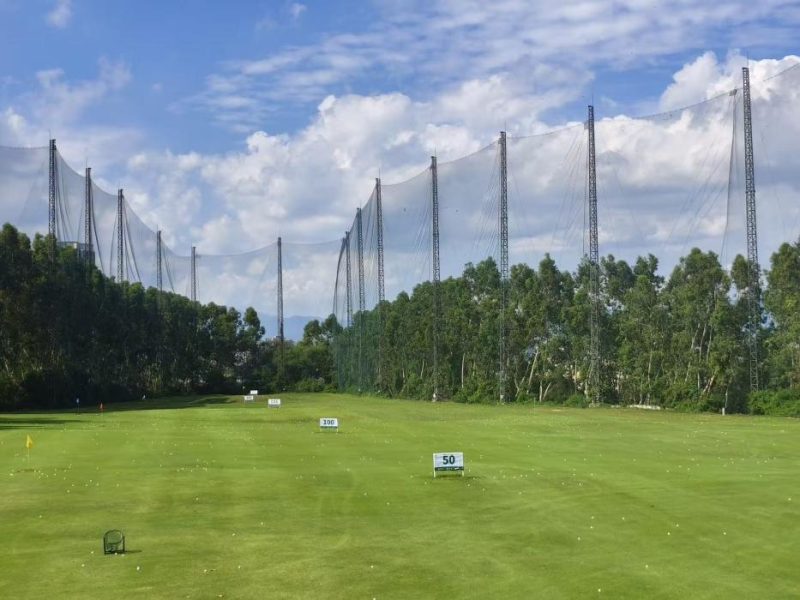



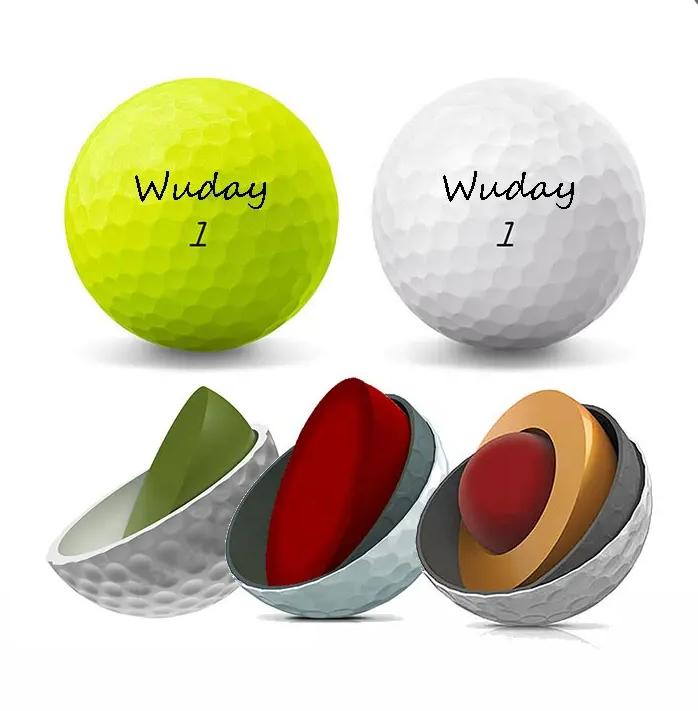
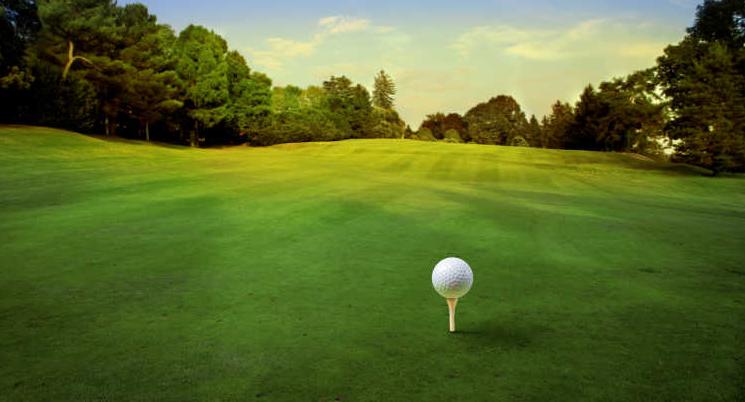

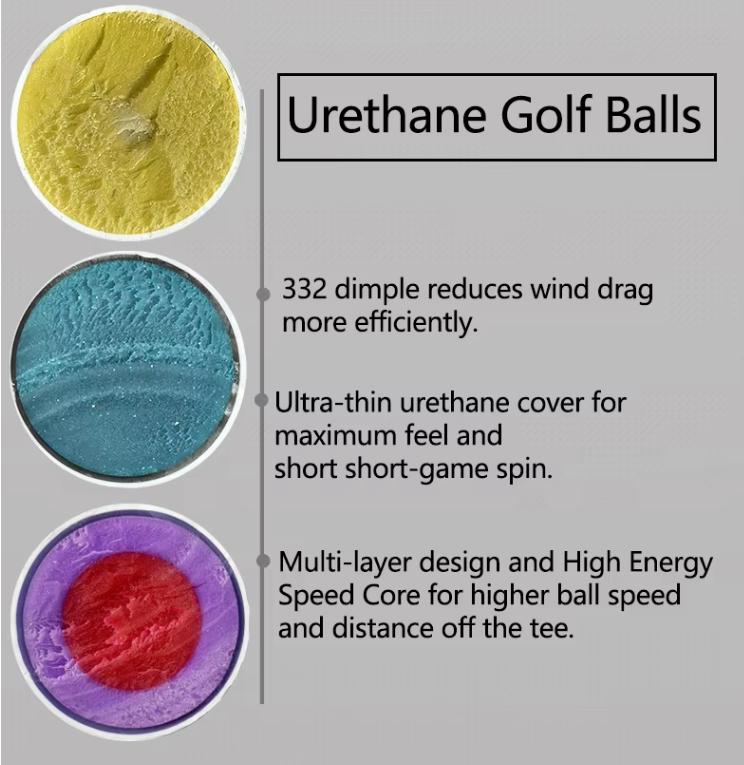 a
a 